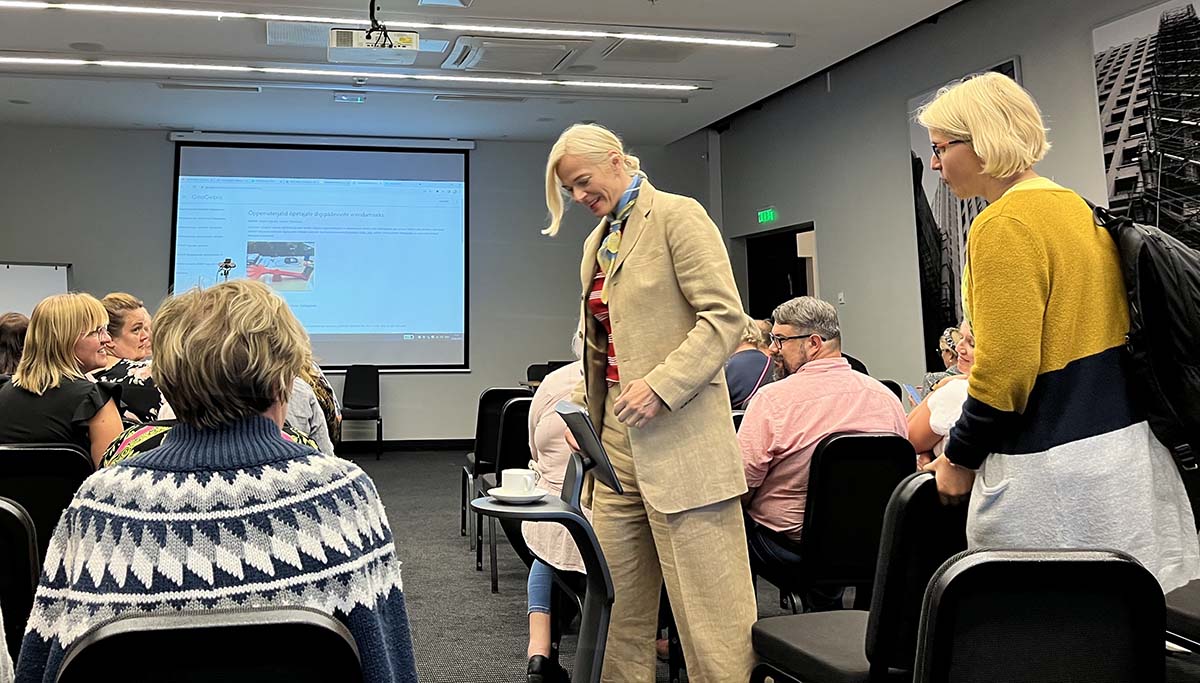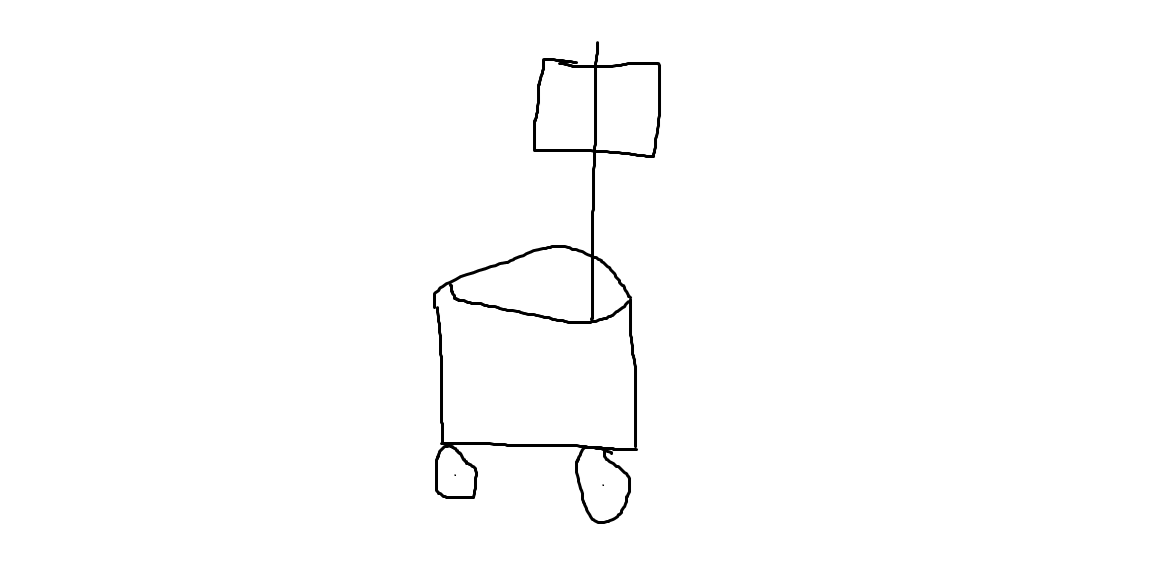Temi goes to summer school

Summer School for Educational Technologies is an annual event dedicated to modern technologies in teaching and this year (with our assistance) Temi decided to participate. About 100 teachers and educational technologists had a chance to familiarize themselves with Temi capabilities and discuss the possible applications in teaching/learning process.
Although we ourselves focus on higher education, it was important to investigate opportunities for using telepresence robots in secondary schools and test Temi’s Estonian voice recognition.
Maia Lust, an educational technologist from Tallinna Pae Upper Secondary School and a PhD student of Tallinn University wrote a brief memo of the event.
Today, 22.08.2023, at the summer school for teachers of informatics and mathematics and educational technologists at Tallinn University of Technology, post-doctoral researcher Janika Leoste introduced Temi robot assistant to teachers, which made some of them marvel at the technological advances in robotics.
In her presentation, Janika showed a video on the possibilities of implementing the robot, followed by a lively discussion on how such a robot could be implemented in a school environment and how students and teachers would feel about it.
It was a common agreement that such a smart gadget would certainly facilitate, for example, collecting notebooks in an open classroom, thus saving time for the teacher, or distributing teaching materials. One possibility was to use Temi when the teacher has troubles speaking, in which case the teacher could enter the necessary text and the robot would recite it to the students, leaving the teacher to coordinate, guide and monitor the learning process. It was also agreed that, although all sorts of smart and advanced text-to-speech technologies and static video transmissions exist today, a mobile robot would be more engaging for students and draw their interest. Unfortunately, it was acknowledged that, as the current cost of the robot is approximately half of the price of a computer class, it is not currently feasible to have such a robot in schools.
However, there was also a discussion about the possibility of sharing such robots, if they were offered to schools for a fixed period of time, either by universities or municipalities.
It has to be said that the learning process was a success, and some participants stayed after the end of the workshop to learn more about Temi and improve their diction communicating with the robot.




